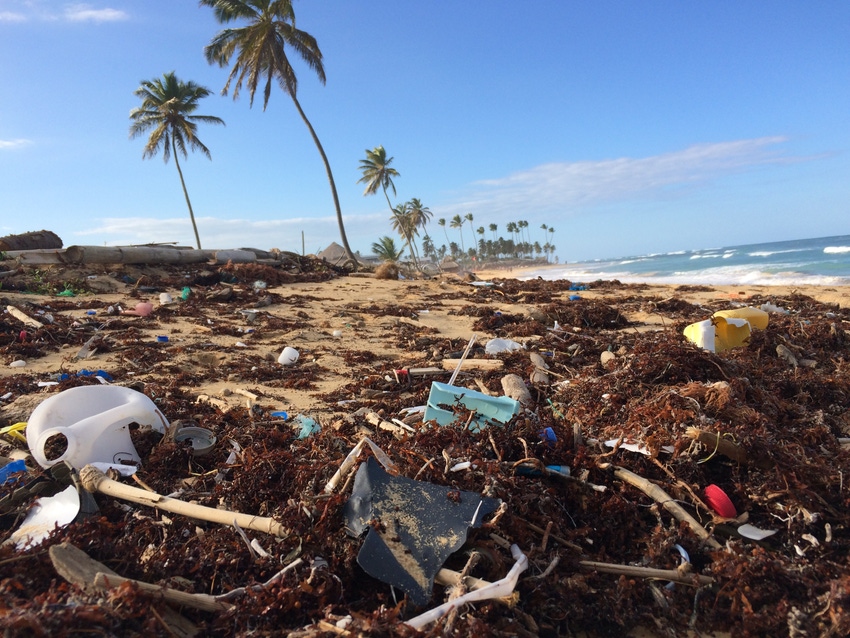WWF Report Examines the Plastic Waste Crisis
The report focuses on three strategies that could contribute to WWF’s “No Plastic in Nature” vision.

A recently released report by World Wildlife Fund (WWF), “No Plastic in Nature: A Practical Guide for Business Engagement,” examines the scope and causes of the plastic waste crisis. It also offers a pragmatic guide for businesses to lead the plastics revolution.
According to the executive summary of the report, “WWF has a vision of an economy and a society that has zero tolerance for plastic pollution and all harm caused to the environment by plastic—No Plastic in Nature. To successfully alleviate the potential harm that plastic pollution inflicts on our planet and its inhabitants, aligned action at all stages of the plastic lifecycle is needed, with players working together in a committed manner.”
This report found that in addition to ensuring adequate basic waste management provisions in all geographies, three further strategies could contribute to and achieve this vision:
Eliminate unnecessary plastics
Double global plastic recovery
Shift to sustainable sources for the remaining plastic
World Wildlife Fund has more details:
Plastic is everywhere. It’s in our food and water. It’s in hundreds of diverse wildlife species. It’s found its way to the most remote parts of the world. And in the centuries that plastic waste takes to degrade, it’s polluting critical ecosystems and the species that call them home in ways that we’re just starting to wrap our minds around.
One dump truck full of plastic waste enters our oceans every minute. Over the year, this accumulates to 8 million tons of plastic entering our oceans. If we continue with business as usual, the future looks dire for nature and people. It’s estimated that by 2050, 99% of seabirds will have ingested plastic. The plastic waste crisis poses an urgent and rapidly growing threat to the entire world. To avert catastrophe, we have to stem the flow of plastic waste into the natural world — now.
About the Author(s)
You May Also Like


